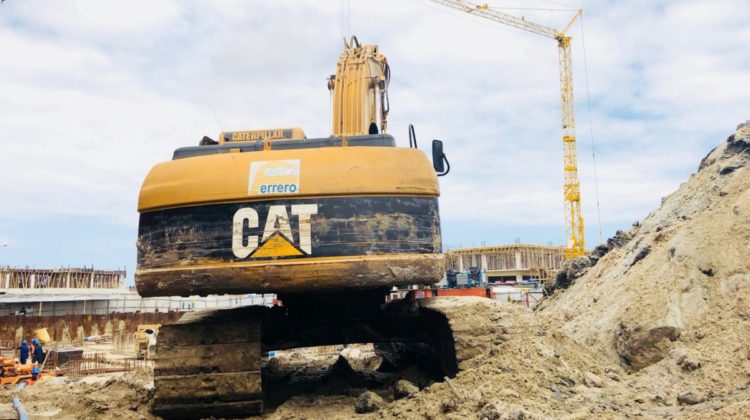
Curiosity killed the CAT
I get excited when reading a new book or developing a new innovative skill. Anytime I do these, my Being intersects with the fabric of the universe and I am perceived to be more energetic than usual. The word “philomath” succinctly describes me.
Lately, I became very inquisitive about technological advancements and innovations that have greatly impacted the work carried out in the AEC (Architecture, Engineering and Construction) industry. I became so engrossed in these advancements that I took a step back, reviewed my interests in perspective and found that I may have drifted away from the mundane core skills a Civil/Structural engineer should have. Well, in this rapidly changing world, the skill sets I acquire may become obsolete once again after a couple of years. To ensure I did not go too far astray, I gained confirmation from industry experts about skills that may be in high demand even from people who do not have a formal training on such due to the emergence of the digital transformation (Industry 4.0).
- Data science : In simple terms, it’s the science of drawing insights from past/ already existing data. Decisions that may have required an experienced professional to make can be made with provision of the right kind of data. A data citizen is one who has no formal education about data science but has acquired the right skill-set to make data driven decisions in a particular industry.
- Generative design: After seeing how much repetition is involved in our structural engineering design processes, I was interested in finding how we could save time in implementing design tasks. I stumbled across a design optimization process in Staad Pro which saves a lot of iteration when designing structures like pipe-racks and walkways. I took a course on LinkedIn about generative design which exposed me to some more tools that are capable of not only optimizing a structure for loads but also its geometry and spatial arrangement.
- Digital twins: Digital twins are digital replicas of already existing structures. With the adoption of 5G technology and the internet of things, it will become increasingly easier to collect data on an existing structure making it possible to draw insights from structural data to help predict problems before they happen.
- Artificial intelligence: because ML (machine learning) was mentioned in the generative design and digital twin courses I took, I wanted to have a better understanding about how AI/ML could impact those areas. AI/ML also have numerous applications that could aid business analysis and could be a valuable skill-set when properly applied to business decisions in companies.
In the words of Steve jobs, “Innovation is what distinguishes between a leader and a follower”. The idea of innovation excites me and the fact that a little tweak in the method that everyday tasks are carried out may lead to cost and time savings is intriguing. I am constantly seeking better ways to carry out general engineering practices and I am gradually getting closer to unraveling novel solutions.
